Suzuki has a success story based on small models, some more urban than others, others able to go where very few thought possible. It is in this line that we remember models like the Vitara or the Samurai, or more recently the Ignis and the Jimny. But without making big noises, the Japanese brand has just introduced in its range an SUV… with more than two tons, the Across.
A high mass justified by this SUV being a plug-in hybrid complex; in fact, this is Suzuki's first plug-in hybrid.
But before we talk about that, let's talk about the “elephant” in the room: you've certainly noticed that this Across looks like a Toyota RAV4. Well… there's a reason for that: this Suzuki is, by and large, a Toyota RAV4 and, let's face it, it doesn't do much to hide that familiarity.
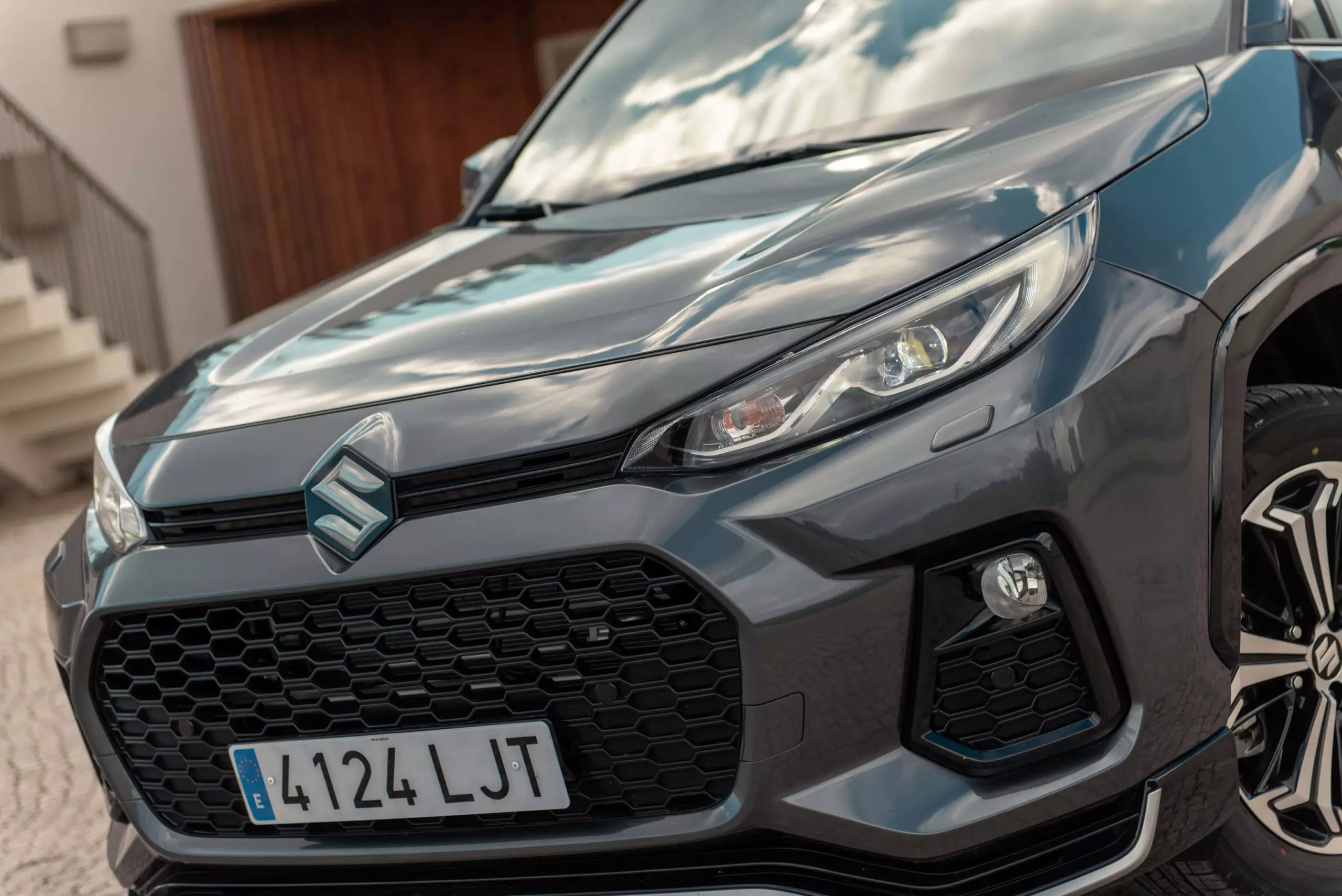
It is the result of the partnership that was signed in 2017 between Toyota and Suzuki, but the outlines were only defined about two years ago. From here two new Suzuki were “born”, the Across that we bring you here (plug-in hybrid) and the hybrid Swace van (based on the Toyota Corolla Touring Sports).
As they are two hybrid models, they have an immediate (positive) impact on reducing the average emissions of the fleet of models sold by Suzuki in Europe, which allows the Japanese manufacturer to meet the increasingly demanding emission targets.
Attack on a new segment
Explained that the visual similarities between the Across and the RAV4 are, it's time to understand what this SUV has to offer Suzuki. And believe me, it has a lot more to give than many can imagine, starting right away with the fact that it “opens” a new segment for the Japanese brand, the medium SUV.
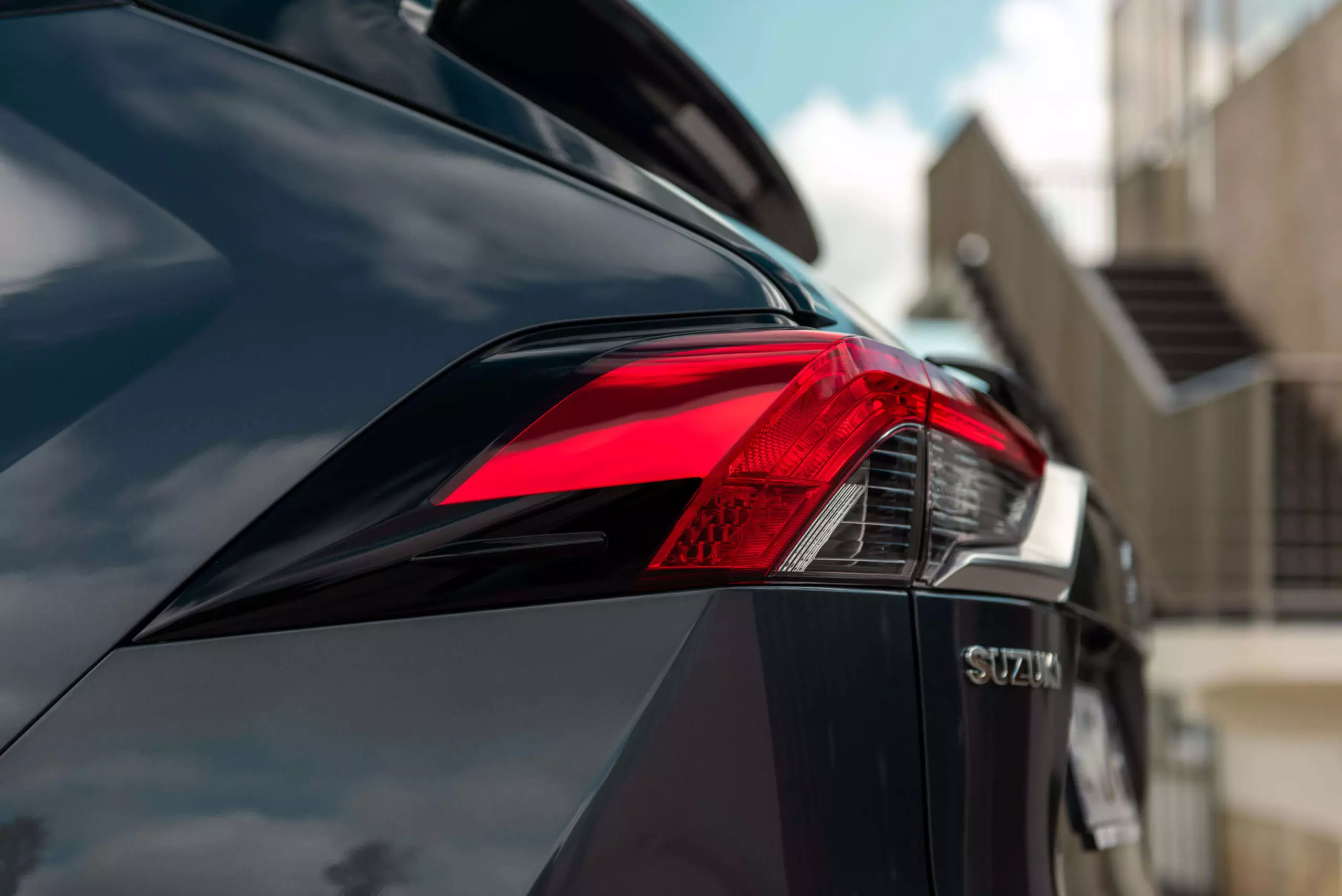
At 4.30 m long, the Suzuki S-Cross was the biggest Suzuki model until this Across arrived and robbed it of that title, thanks to its 4.63 m. The extra size reflects very positively on the cabin, which offers plenty of space for those traveling there, whether in the front or rear seats, which are huge.
And this is really the first great asset of this Suzuki Across: space. The availability for the knees in the rear seats is remarkable and does wonders for the family responsibility of this SUV, which can very comfortably (really!) accommodate two adults or two child seats in the rear seats.
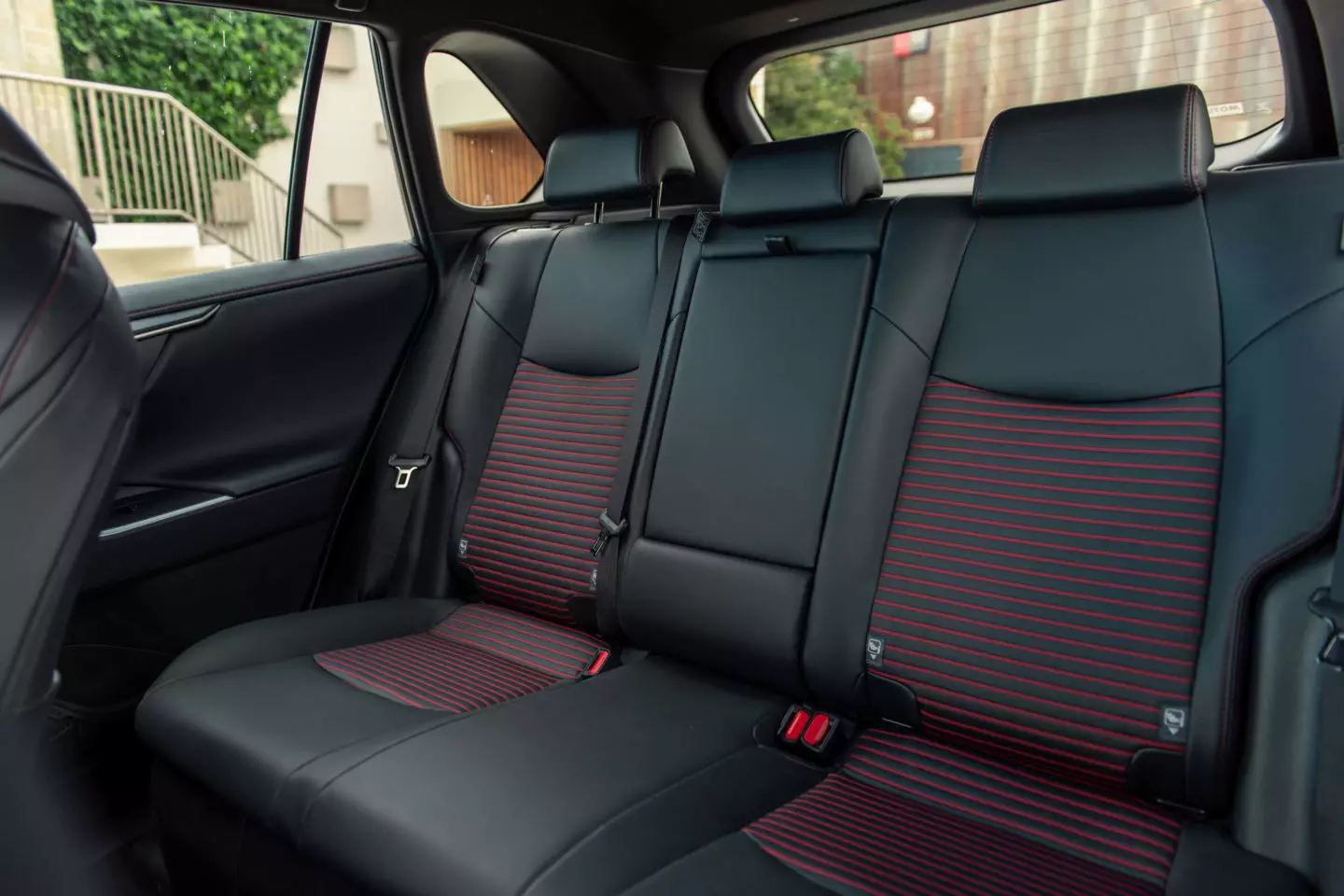
Space in the rear whites is very generous.
In the luggage compartment we have 490 liters of capacity at our disposal, an interesting number if we took into account other models with similar characteristics and it is only not more generous because of the battery, which is mounted under the luggage compartment floor.
However, the luggage compartment floor manages to “hide” even a spare tire with a light alloy wheel, a detail that continues to be increasingly “rare”.
Up to 75 km 100% electric
But the biggest asset of this Suzuki Across is its hybrid mechanics (there is no more version available), which combines a 2.5 liter atmospheric gasoline engine with four cylinders and 185 hp with two electric engines: one front, which produces 134 kW (182 hp) and 270 Nm, and a rear one, which delivers 40 kW (54 hp) and 121 Nm.
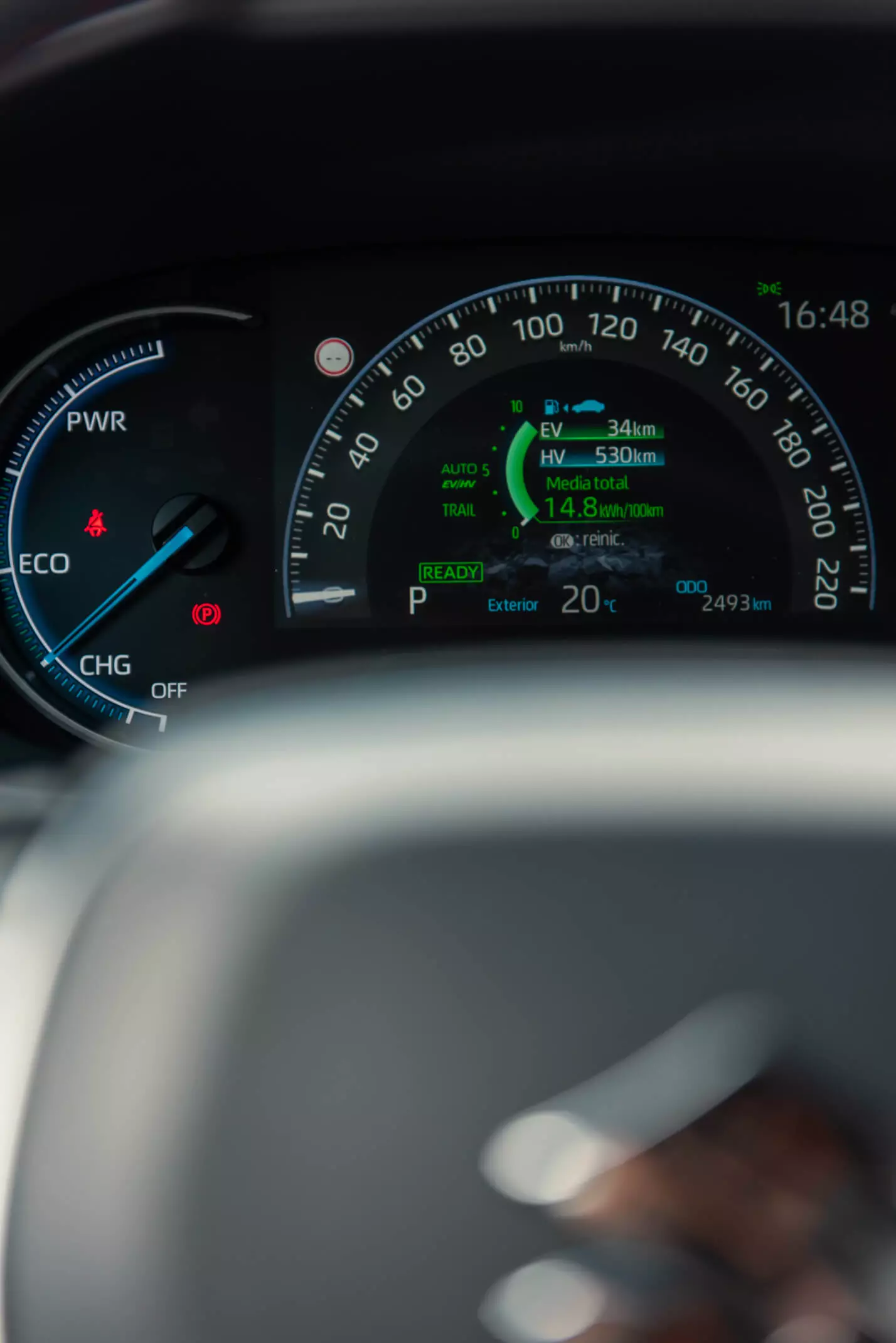
In total, this Across has a maximum combined power of 306 hp and is capable of covering up to 75 km fully electric, a record that makes it one of the most competent plug-in hybrids on the market.
It's good to say that in this test we couldn't reach the 75 km announced by Suzuki, but we stayed above 60 km. And it wasn't even necessary to walk around town all the time to reach this record.
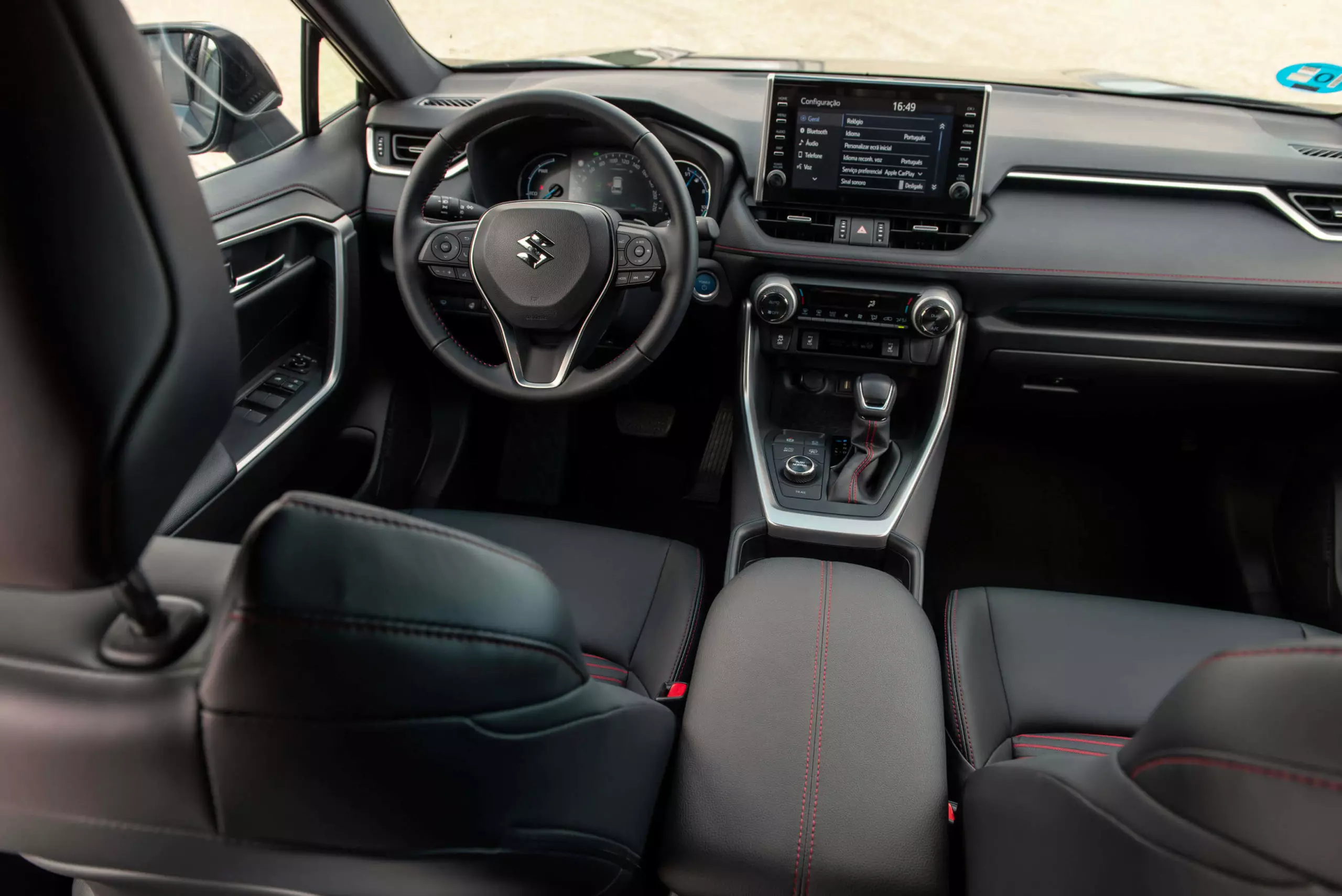
Had we done so, I have no doubt that the 75 km goal would have been reached and even… surpassed! Just see what the Toyota RAV4 Plug-in achieves with the same mechanics: up to 98 km 100% electric in urban cycle.
How does the hybrid system work?
The main mission of the gasoline engine is to charge the lithium-ion battery, with a capacity of 18.1 kWh, and to assist the front electric motor. The rear electric motor is solely responsible for powering the rear wheels.
As such, and even if there is no physical connection between the heat engine and the rear axle, this Across has four-wheel drive, an electronic 4×4 system called E-Four, which allows you to vary the distribution of the front/rear torque in a range from 100/00 to 20/80.
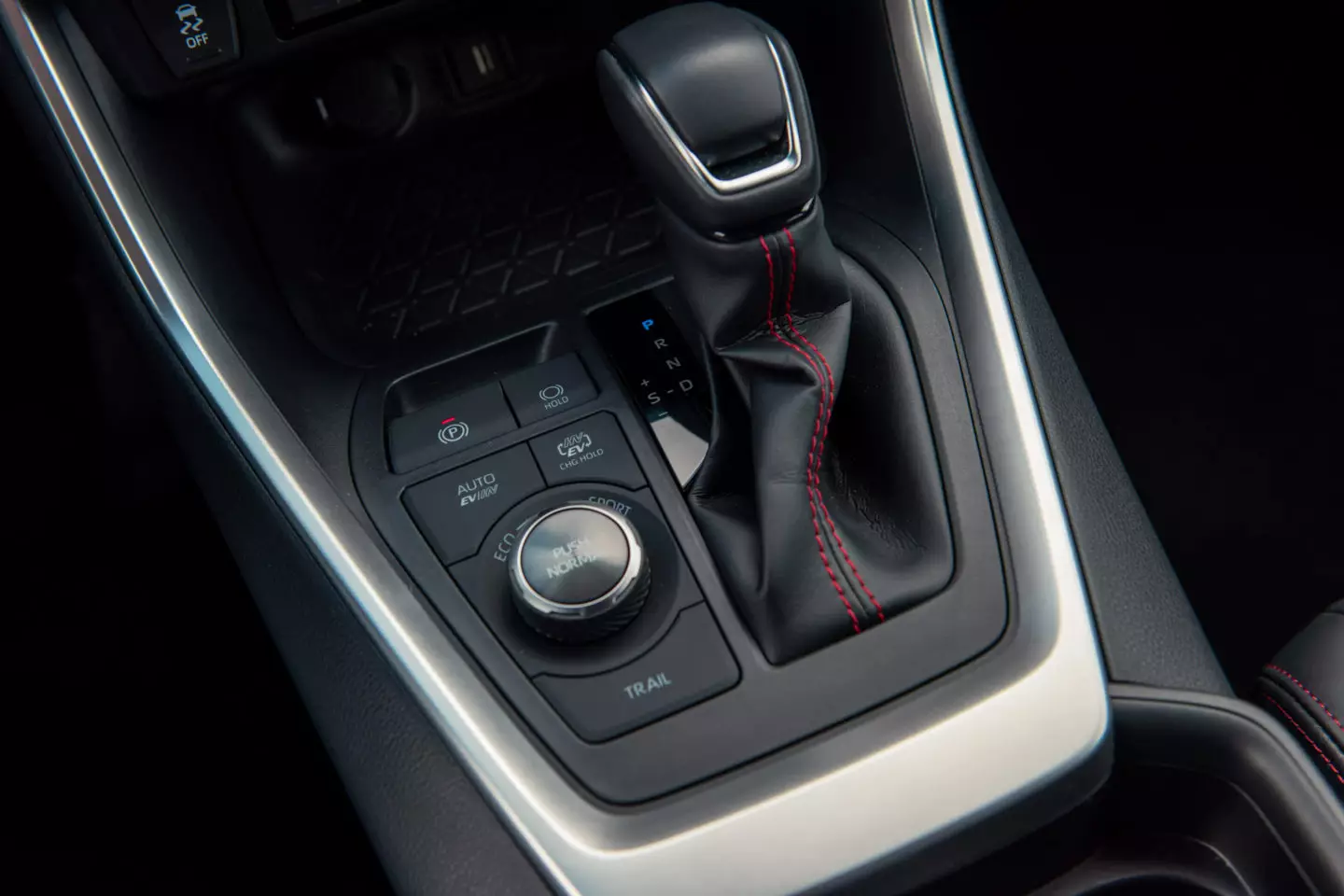
e-CVT box requires some getting used to.
Still, this Across acts most of the time as a front-wheel-drive SUV. Only when there is a large demand for power or a noticeable loss of traction is the rear engine called to intervene.
However, the advantages of this system are obvious and are related to better stability on the road, especially in more precarious grip conditions.
Energy is well managed…
But as with the Toyota RAV4, Across's big secret lies in how it manages the energy and mechanics it has at its disposal.
Thanks to Toyota's e-CVT transmission, this Across has four distinct operating modes: EV , where you only use electricity, even at higher accelerations; HV , where the combustion engine kicks in whenever you step on the accelerator with force; Auto EV/HV , which, as the name suggests, automatically manages the system; and the way battery charger , where the combustion engine serves as a generator to recharge the battery.
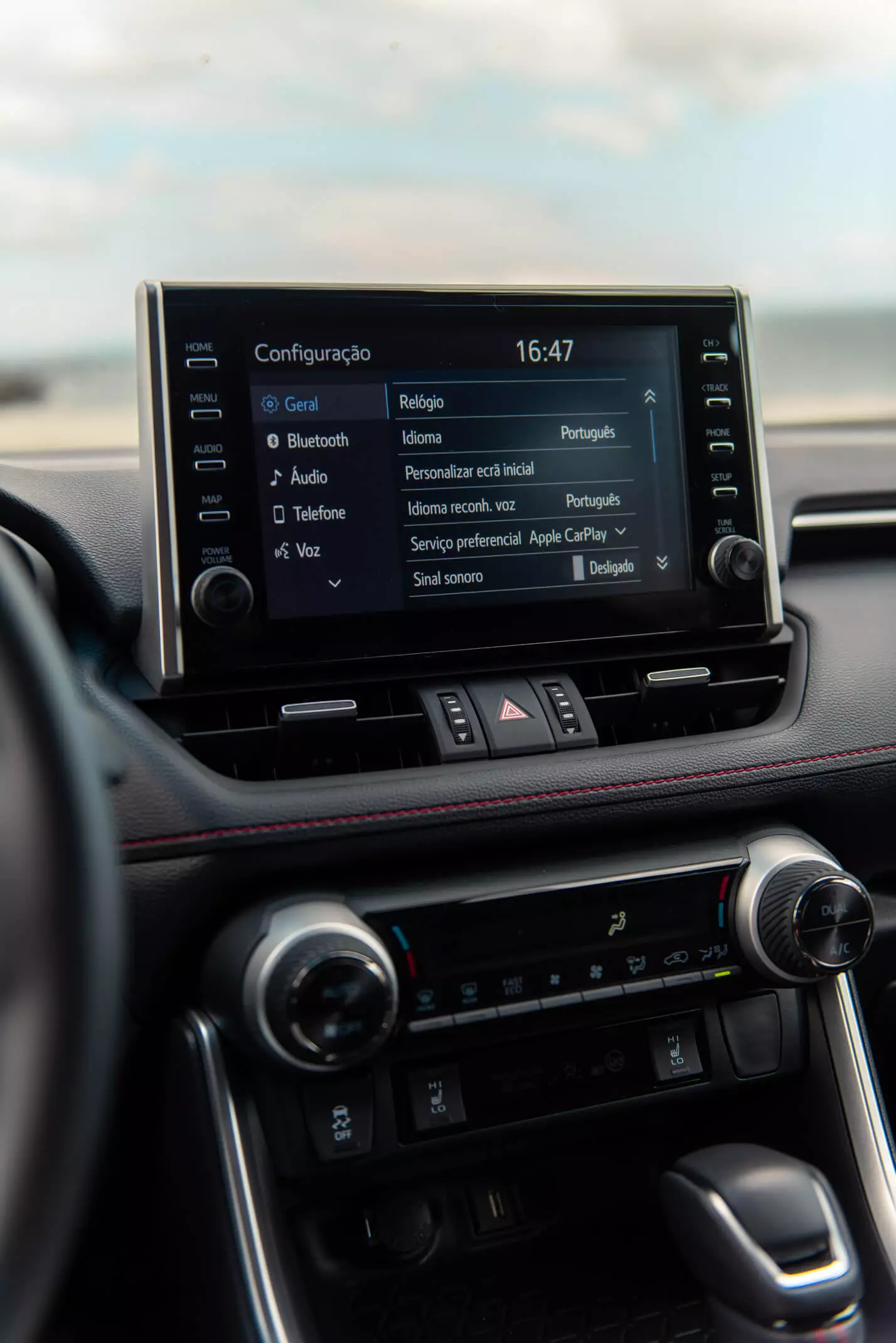
Convincing on the road?
Across always starts in electric mode — only from 135 km/h is the gasoline engine “called” — and in this mode, its operation is always very quiet and pleasant. In fact, in this chapter, the Across scores points: even with the gasoline engine in action, the cabin is very well soundproofed.
We reached the end of this test with an average consumption of 4.4 l/100 km, a very interesting number considering the “fire power” of this SUV, the space it offers and of course, the (impossible to ignore) fact that it weighs more than two tons.
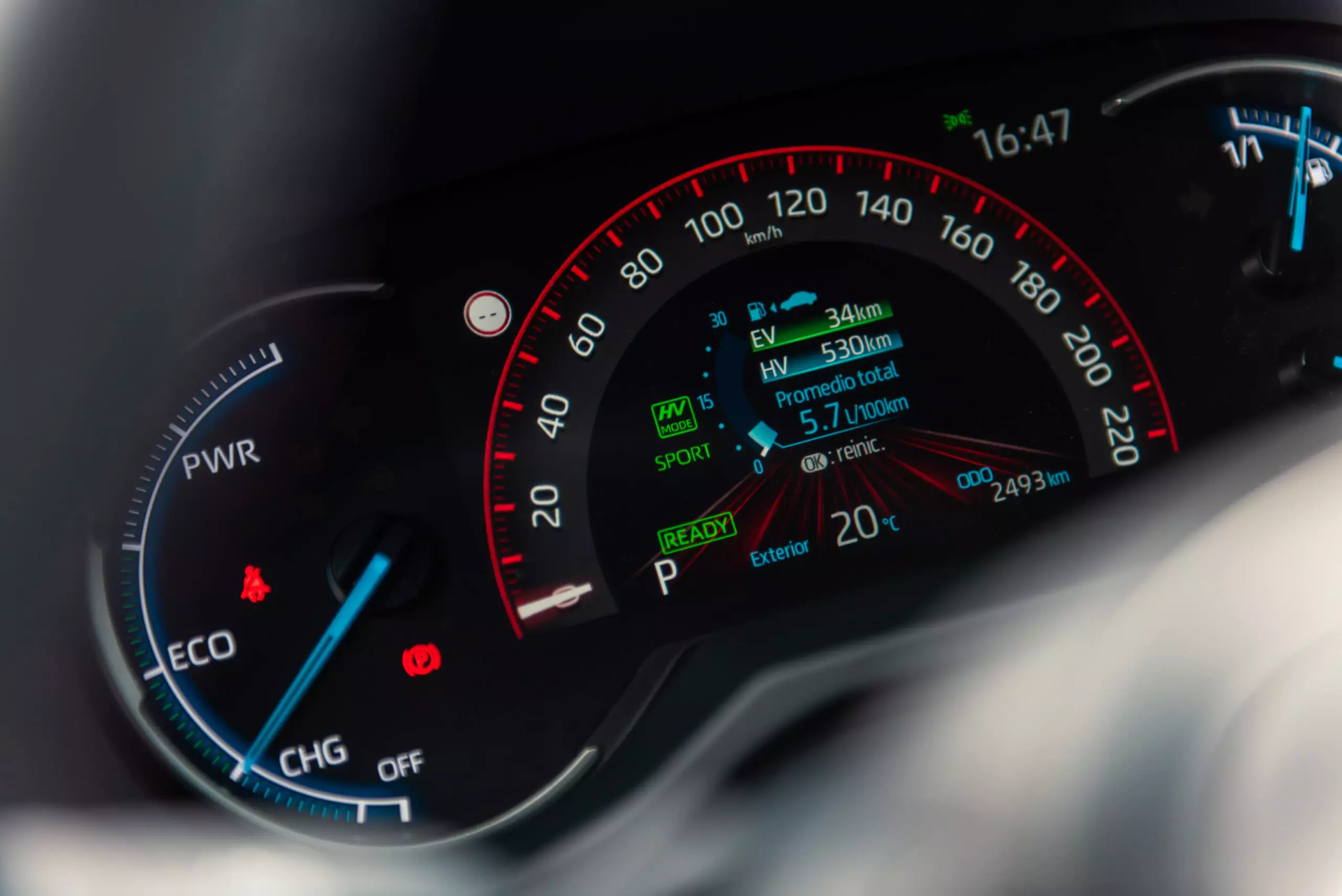
However, it was on the road that this Across surprised the most. The first thing we notice is the electric autonomy, which I have already praised above. The second is the ride comfort, even with 19" "sidewalks" wheels.
The driving position is very satisfactory and despite its mass, this Across is never slow and never complains about its size. It's more agile than you might think and the cornering body movements are relatively well disguised (but there are, of course…). I just wish the direction was slightly more accurate.
What about off-road capabilities?
Sporting the Suzuki symbol, this SUV is expected to have a say when we take it off-road. As this is an all-wheel-drive proposal, an additional Trail mode is available, optimized for some off-road “adventures”.
And as the name of this mode suggests, on a undemanding trail, they won't have any problem reaching their destination. But don't expect to be able to overcome major obstacles. This electronic integral system is very competent, especially on asphalt, but the height to the ground and the angles end up limiting the transposition of more ambitious obstacles. But that's not exactly what she was made for, either, right?
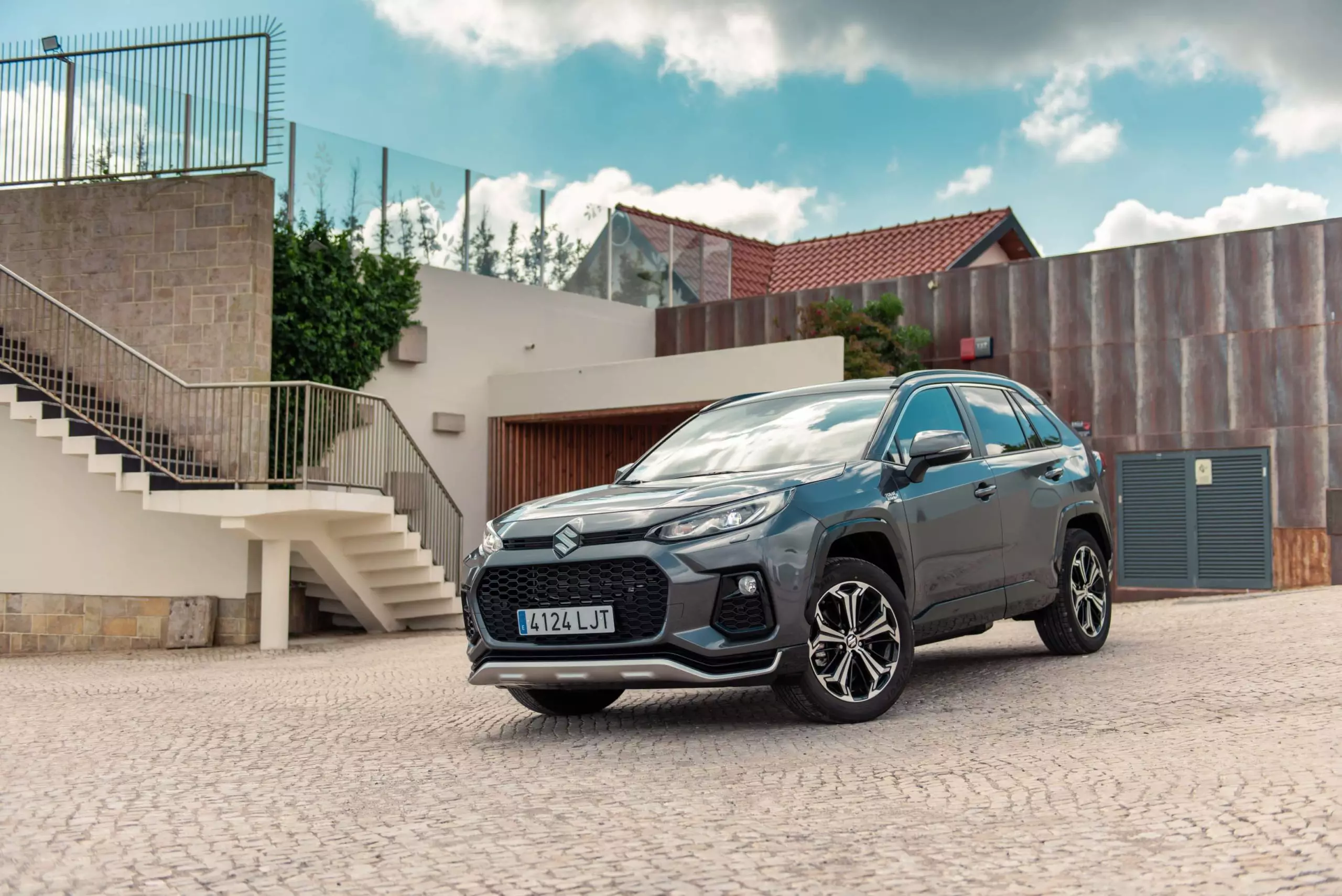
In addition to this mode, we find three more distinct driving levels — Eco, Normal and Sport — all of which are compatible with the various operating modes of the plug-in hybrid system.
Is it the right car for you?
With this partnership with Toyota, Suzuki not only gained access to a segment where it was not present, but also had a very competent and efficient plug-in hybrid system.
In this GLX version (the only one available on the national market), the Suzuki Across is, moreover, very well equipped and profiles as a family car of choice.
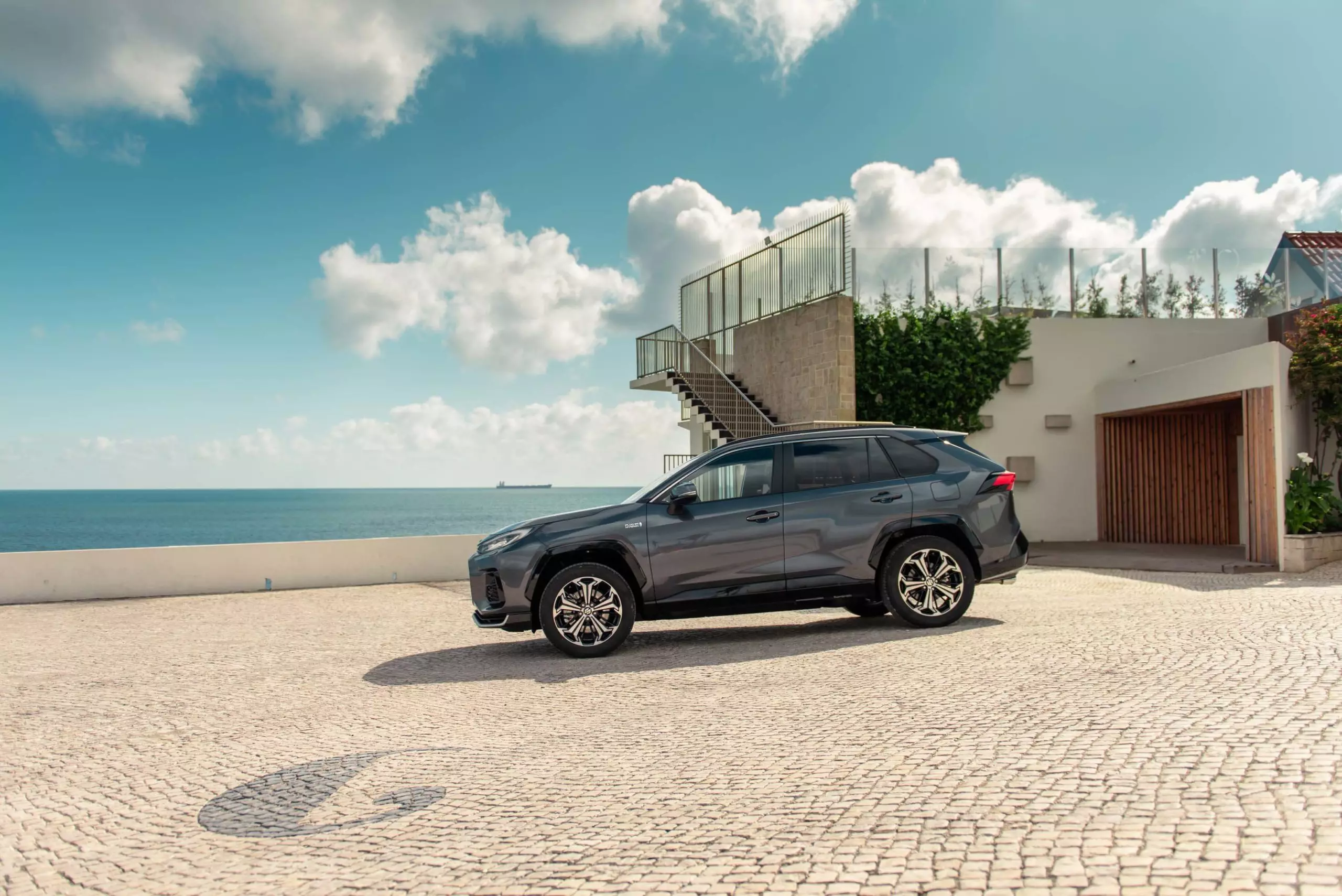
Dealing cards on the road, always showing tremendous efficiency and high levels of grip, and does not refuse a foray into bad roads, which will certainly please the most adventurous families.
In addition to this, it has very generous dimensions, is powerful, comfortable and can travel up to 75 km in all-electric mode.
All of these are weighty arguments in favor of this Japanese SUV, which has price as its main drawback, although it can be justified by the high offer of standard equipment: 58,702 euros — with the campaign running on the date of publication of this article, Across presents itself with a more competitive value.
